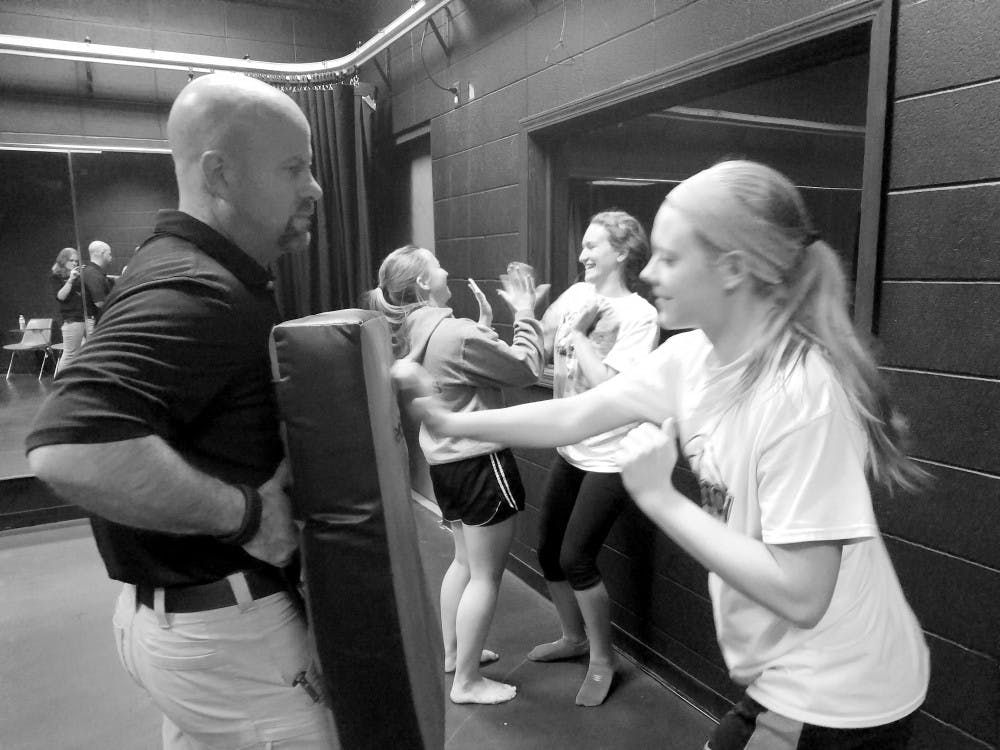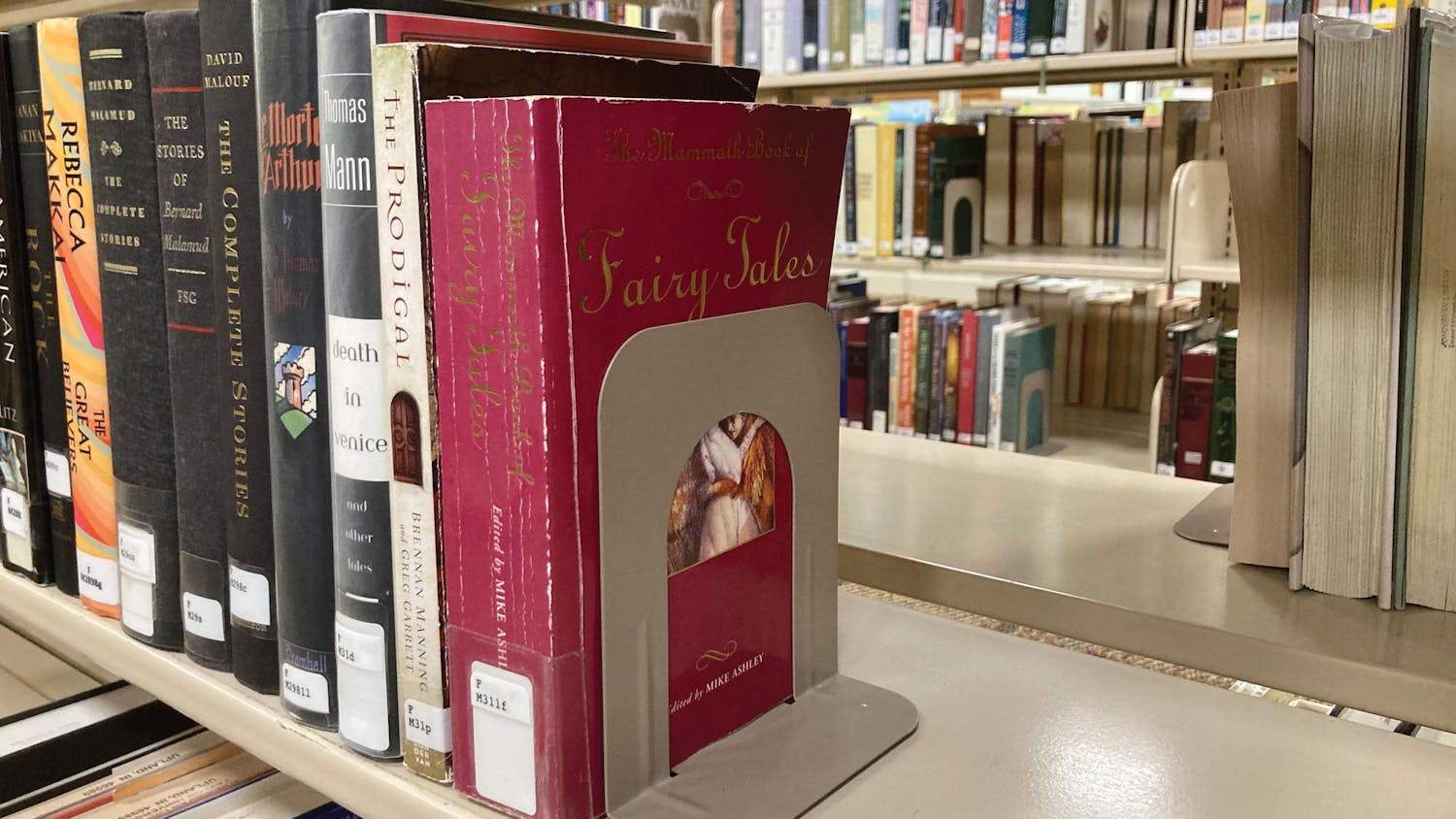By Anna Oelerich | Echo
It's a typical scene at Taylor: a student goes to an open house on the other side of campus. Once it's over, she walks back to her dorm. The campus is dark, and she is alone, but she likely doesn't worry about getting home safely. She's part of the Taylor community, after all. What could happen?
At a larger college, safety isn't taken for granted. According to Clery Reports, a collection of crime data dealing specifically with campus safety, sexual assaults at Indiana colleges have been on the rise. From 2010 to 2014 (the most recent year available), the number of reported sexual assaults have shot from 74 to 229.
In June, an Indianapolis Star article shared similar statistics.
"According to Centers for Disease Control and Prevention data cited . . . about 125,000 Hoosiers reported unwanted sexual advances or forced sexual activity in 2012," reporters Kara Berg, Meghan Holden and Megan Erbacher said. "And those numbers don't include the 2 in 3 people who never report the crimes."
Fortunately, Taylor's campus operates much differently, thanks to a community dedicated to caring for its members. But as much as students joke about the "Taylor bubble," no university is exempt from practicing proper campus safety.
Campus Police Chief Jeff Wallace believes keeping Taylor from becoming another college statistic takes everyone's help.
"I think that, yes, we should absolutely celebrate our safety," Wallace said. "But we should also put forth a group effort to maintain it."
For Wallace, that takes many forms, including the self-defense classes he hosts on campus. The classes are open to both male and female students looking to improve their personal safety and awareness.
Awareness, in fact, is the operative word when it comes to Wallace's self-defense course. His aim is not to turn students into fighters but rather to make them more conscious of their environment and equipped to respond to it.
"I try to make (the class) lighthearted and fun," Wallace said. "We don't want you to be alarmists; we just want you to be aware of the situation. Plus, when you can practice these moves with your friends and laugh about it, it becomes less scary."
The course is designed to give an overview of life-saving strategies should someone be attacked. In the span of about two hours, Wallace covers punches, kicks, escapes and pressure points for a variety of situations.
It's always rewarding for Wallace to see students like freshman Bree Palmer discover they're stronger than they realized. Not to mention, the physical activity is an effective way to blow off steam.
"It's a great stress reliever," Palmer said.
The goal of self-defense moves, according to Wallace, is to give minimal effort to achieve maximum effect. In other words, in the face of danger, it is better to spend as little time there as possible.
Although he teaches efficient moves and escapes for threatening situations (wandering an alley at night, for instance), Wallace says the ultimate goal is to avoid those positions.
"At the end of the day, it's better to not even put yourself in that position," Wallace said.
Taylor is not a gated community and therefore cannot completely control who enters its boundaries. What's more, students will eventually graduate and enter new communities. But with the right tools and awareness, students can continue the university's legacy of safety and carry it elsewhere.





